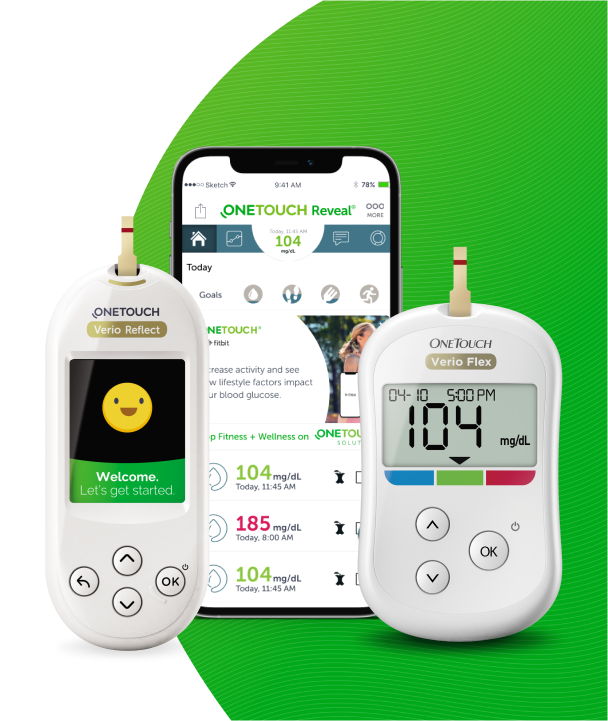Understanding Different Types of Insulins and How They Work
There are a variety of types of insulin and each of them works in different ways to mimic the time action profiles of natural insulin from the pancreas in the non-diabetic state. There can be confusion about which type is which and what they do. Let’s start with the basics.
Insulins have three main characteristics:
- Onset—How quickly they work
- Peak—When they are most effective
- Duration—How long they last
First, let’s consider timing. Each type of insulin takes a certain amount time to begin working and works for different lengths of time. Those factors will determine when and what kind of insulin should be taken.
The chart below outlines the timing for each type of insulin.
| Type | Onset | Peak | Duration | Timing |
|---|---|---|---|---|
| Bolus insulins | ||||
| Rapid or short-acting | About 12-30 minutes | About 1.5-2 hours | 1.5-6 hours | Given with 1 or more meals per day. To be given 0–30 minutes before or after meals. |
| Short-acting | About 30 minutes | 2-3 hours | 3-6 hours | Given with 1 or more daily meals. It should be injected 30–45 minutes before the start of the meal. |
| Basal Insulins | ||||
| Intermediate | 2-4 hours | 4-12 hours | 12-18 hours | Often started once daily at bedtime. May be given once or twice daily and not given at any time specific to meals. |
| Long-acting | Several hours | N/A | Evenly, up to 36 hours or more | Often started once daily at bedtime. It is sometimes needed twice daily. |
| Premixed Insulins | ||||
| Varies according to the type of insulin. | Contains a fixed ratio of intermediate or long-acting insulin to short-acting insulin; see above for time to peak action based on insulin contained. | Most often given twice daily, before the breakfast and dinner meals. | ||
Your insulin treatment plan will depend on your specific needs. You and your healthcare professional will sit down and collaborate to create an insulin management plan to meet those needs as well as your preferences.
In a basal-bolus regimen, a person with diabetes would take a combination of insulins. She/he would take long-acting basal insulin once or twice daily to help maintain consistent blood sugar levels between meals and during the night. In addition, a dose of short or rapid acting bolus insulin is given before meals as directed. Many people with type 2 diabetes take only a basal insulin, usually in combination with a non-insulin injectable or oral diabetes medications. The dosing of your insulin and the kind of insulin your healthcare professional prescribes will depend on the route of administration chosen, injection, pen, pump, or inhaler as well as other factors.
Your insulin plan will usually include information as to:
- How to take your insulin
- How often to take each type of insulin
- When to take each type
- How much to take (dose)
This information is provided for informational purposes only and should not be used for making treatment or dosage decisions. Patients should follow their doctors’ instructions for insulin treatment and dosage. Refer to the drug prescribing information for specific instructions on dosage and administration and other important safety information.
References:
Hirsch IB, Juneja R, Beals JM, Antalis CJ, Wright EE. The evolution of insulin and how it informs therapy and treatment choices. Endocrine Reviews. 2020;41(5):733-755. doi:10.1210/endrev/bnaa015
US-OTB-1900034








